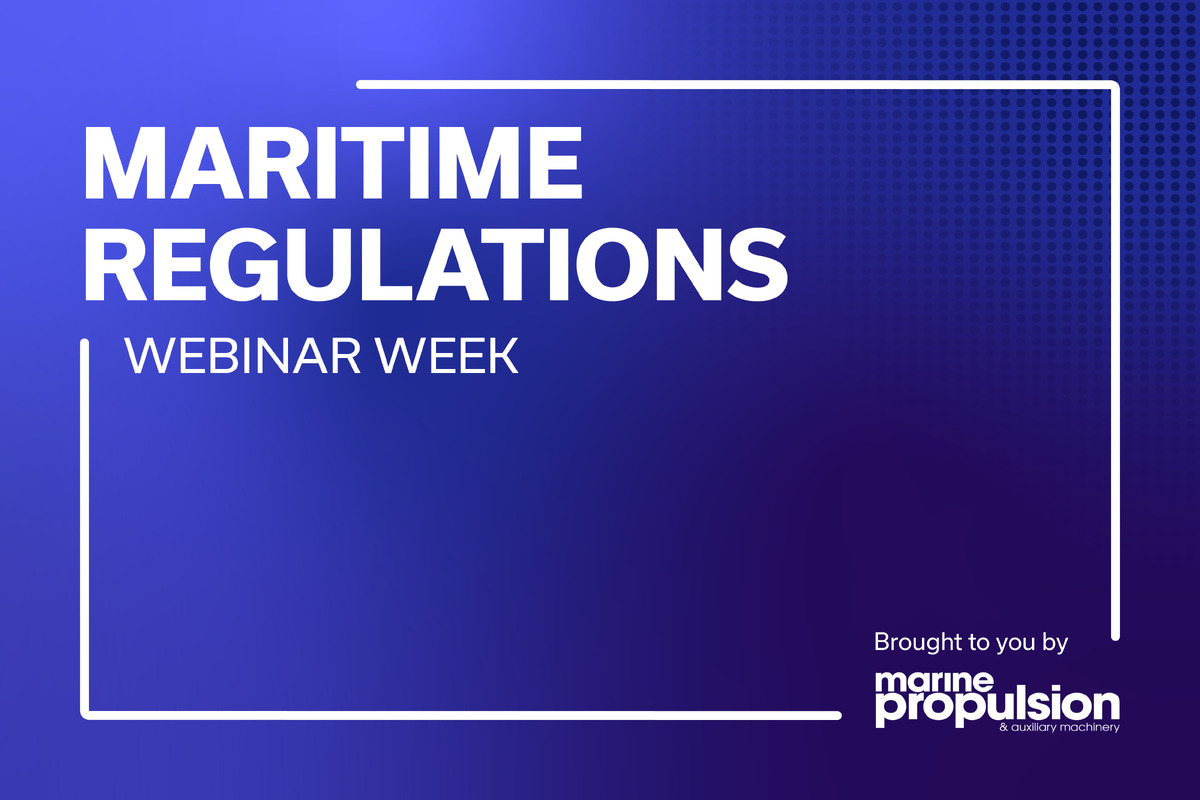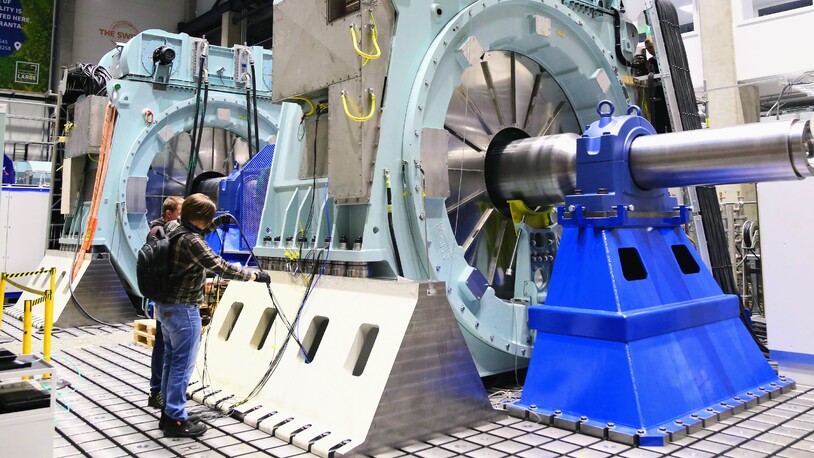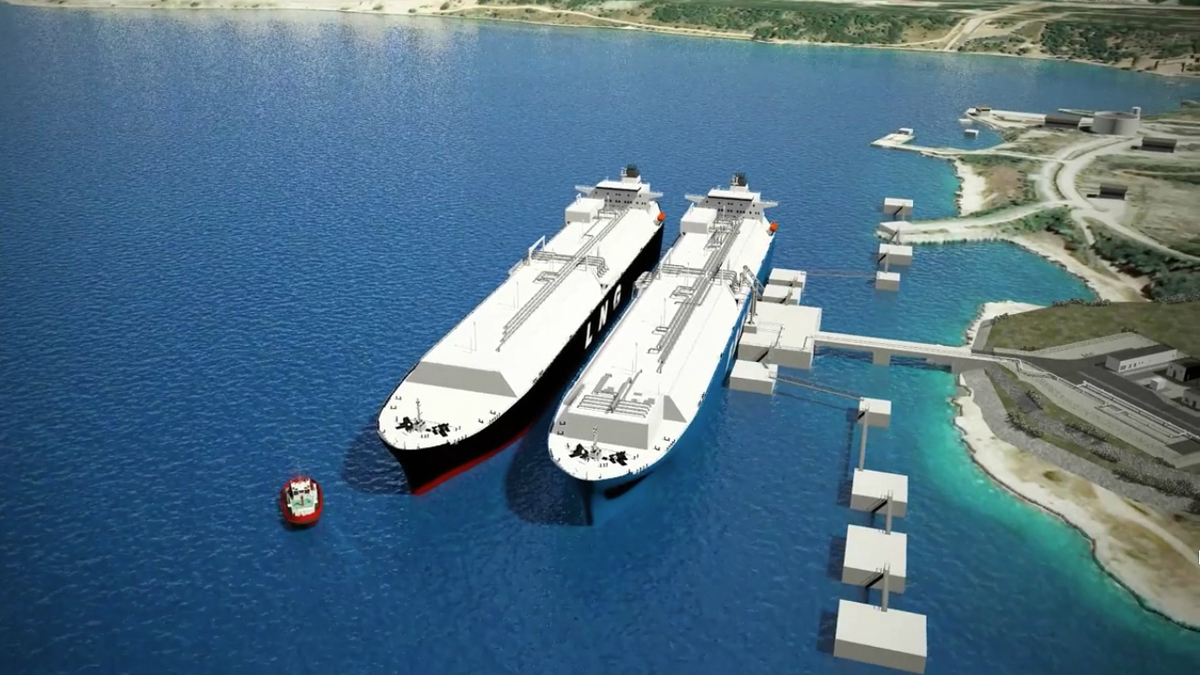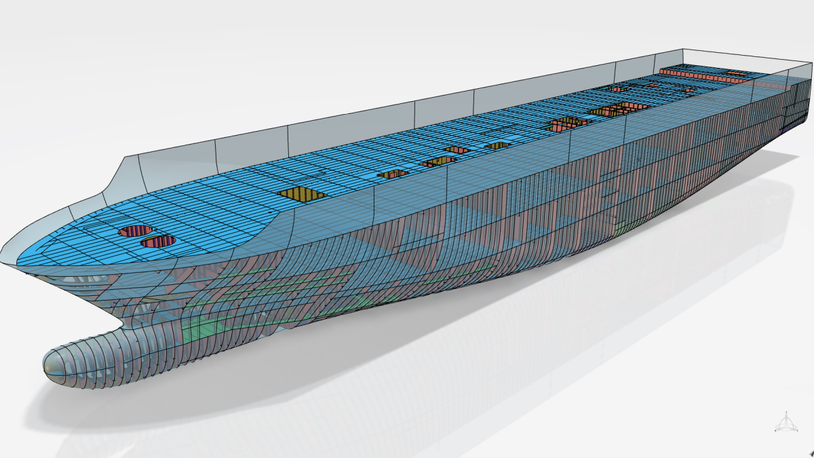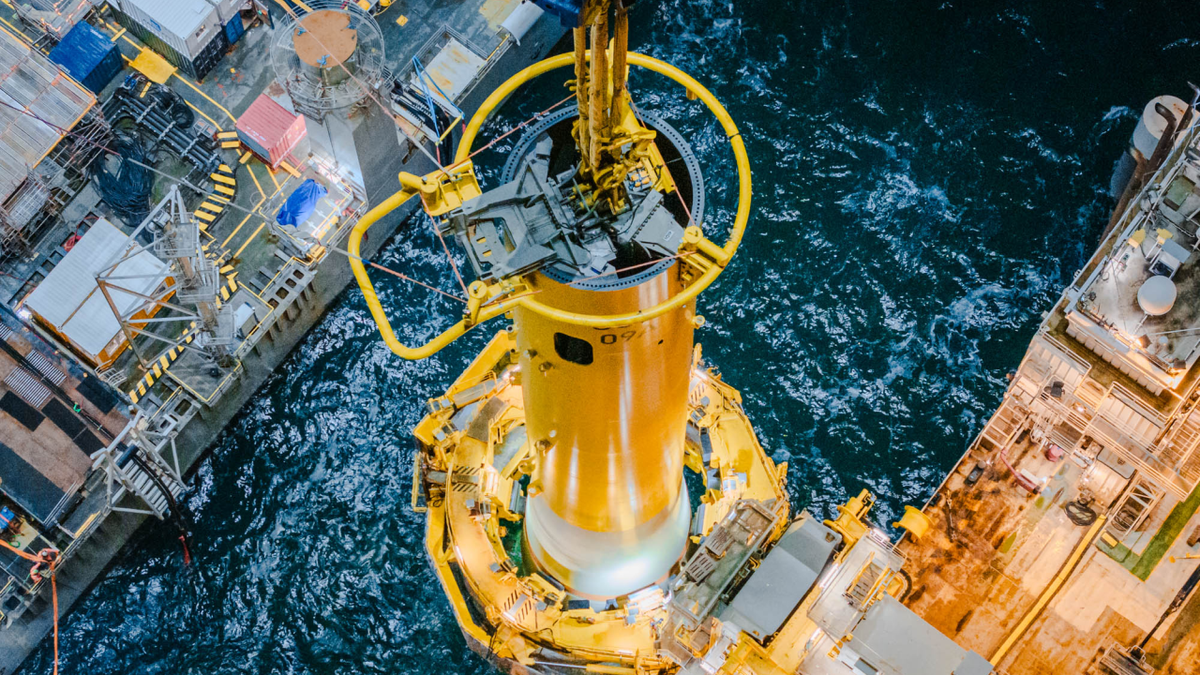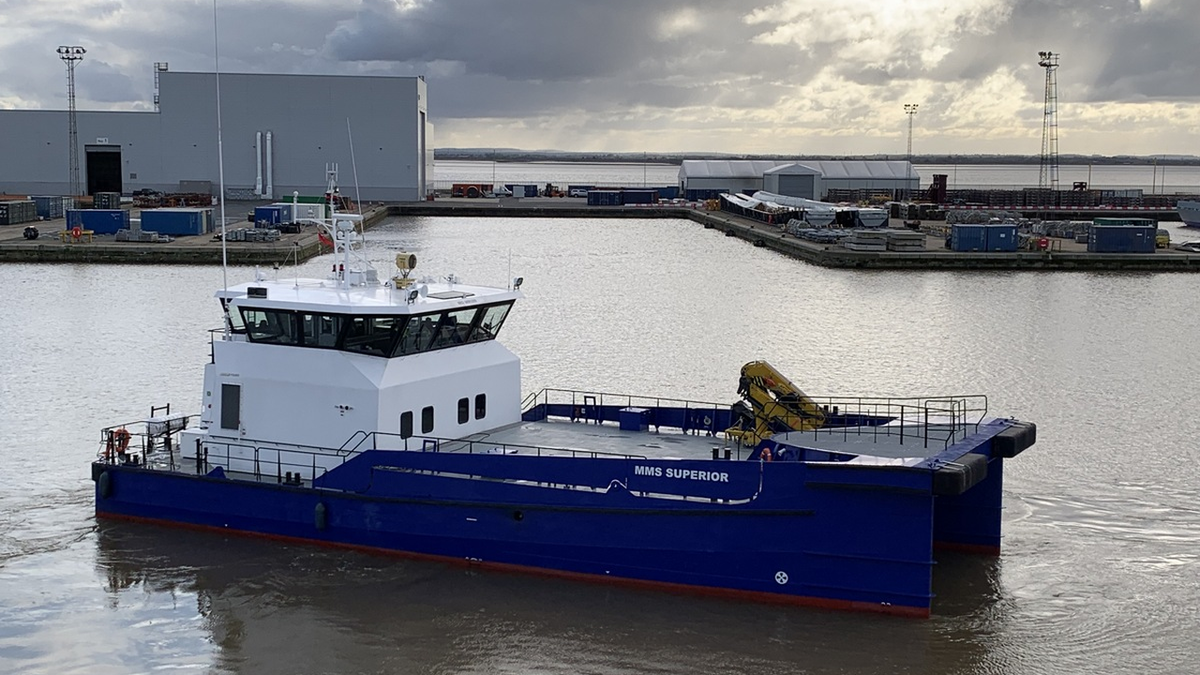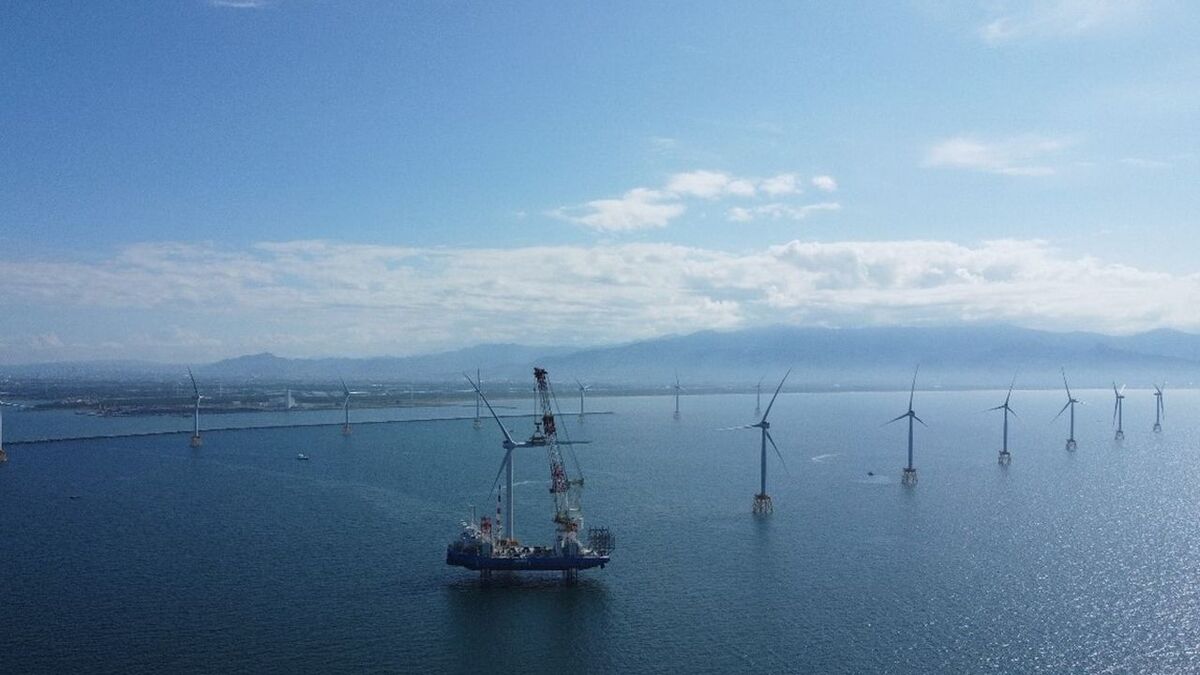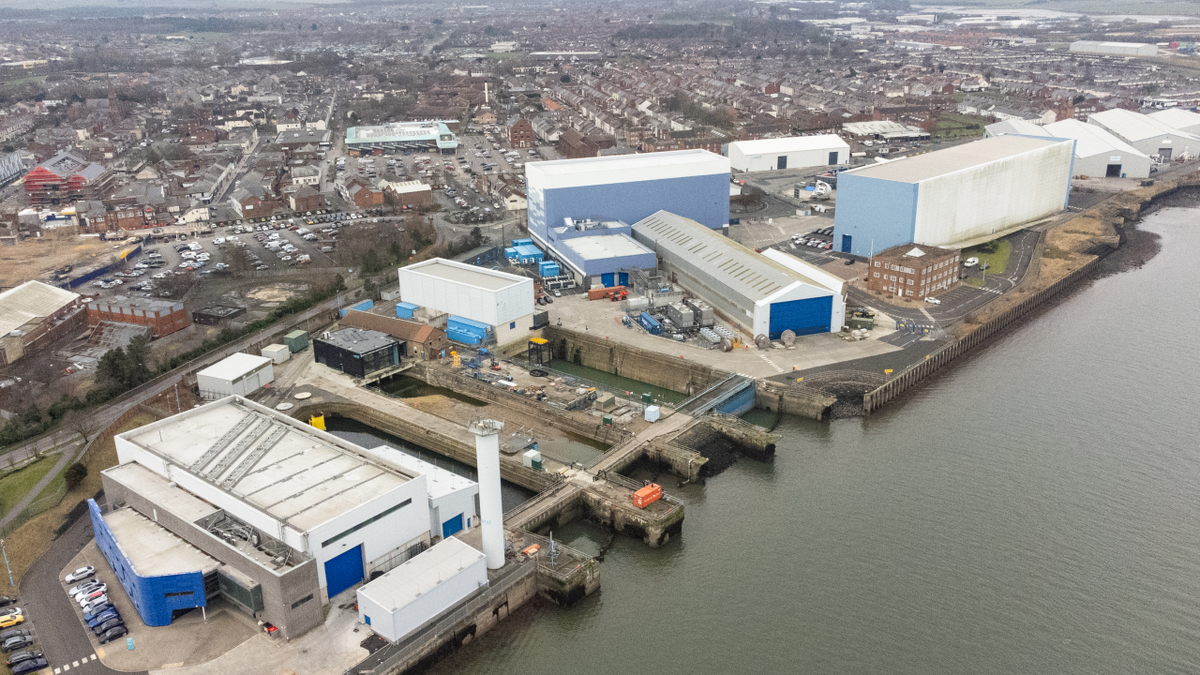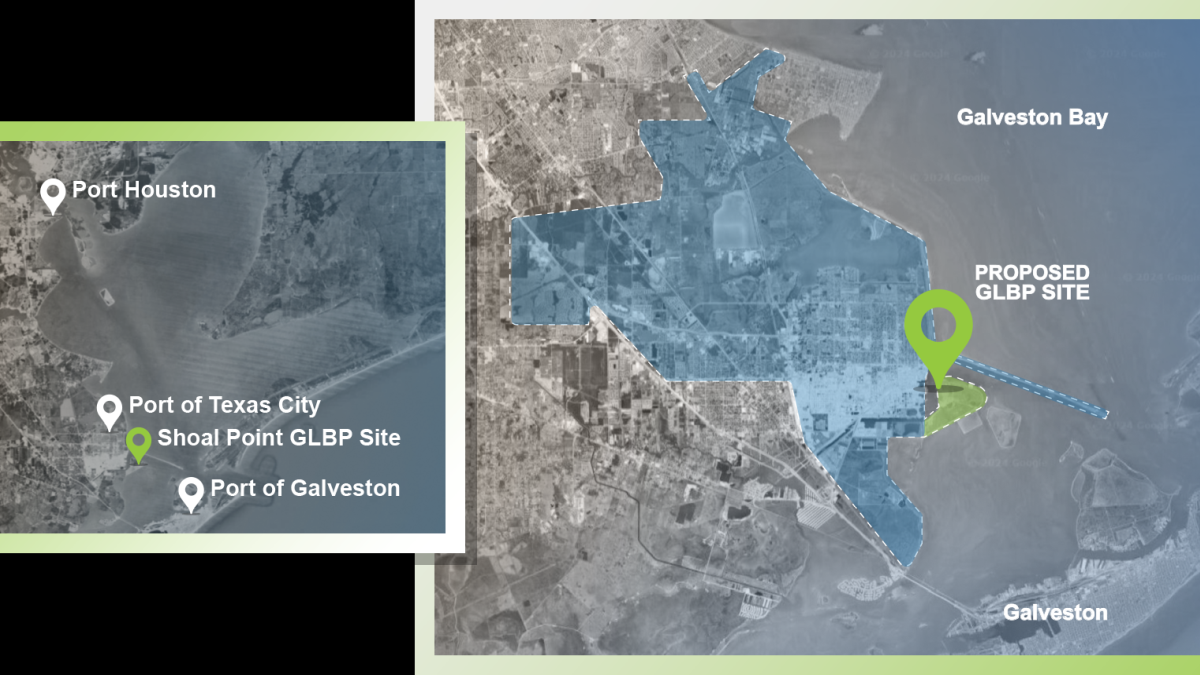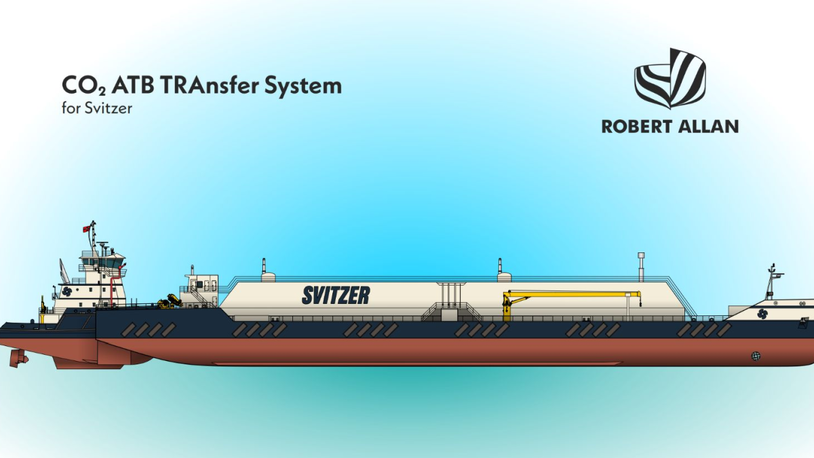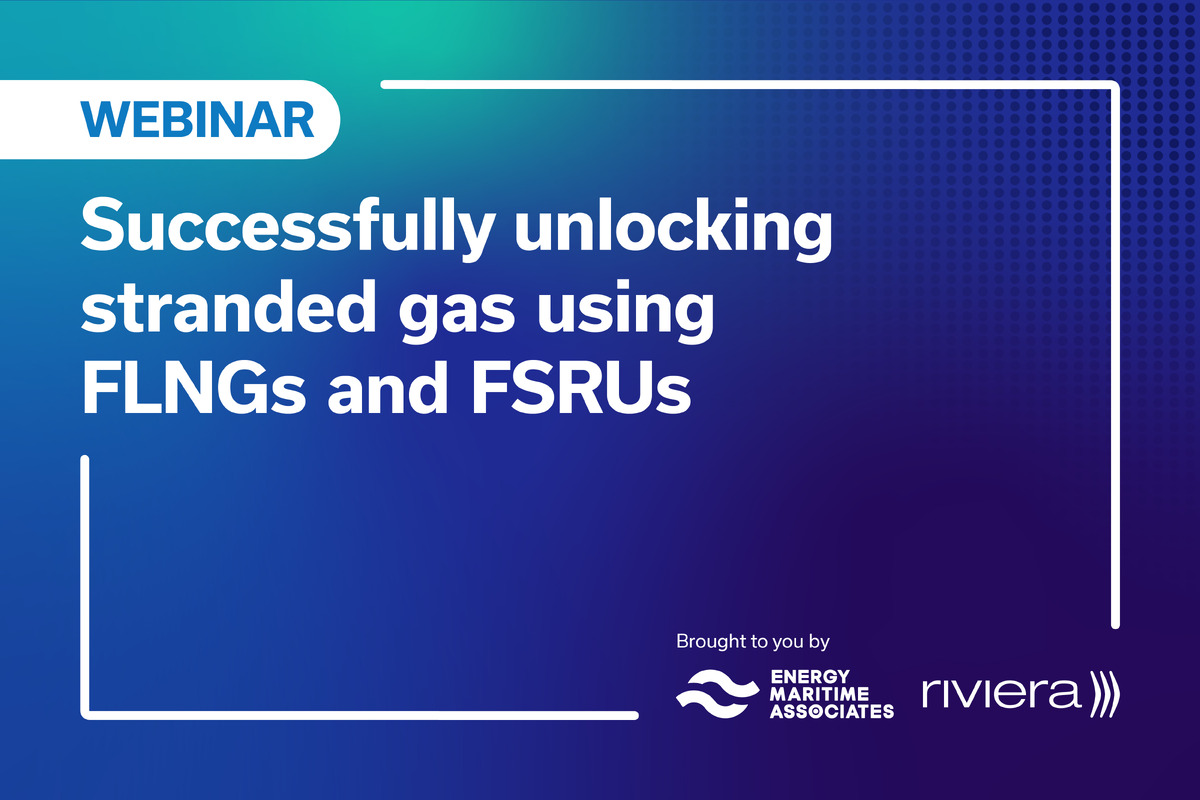Business Sectors
Events
Contents
Seafarer competence a challenge for LNG operations
Crew performance is now the most important safety issue in LNG shipping and terminal operations, said experts at Riviera Maritime Media’s LNG Ship/Shore Interface, Europe virtual conference
The coronavirus crisis this year has pushed shipping to the limit in terms of seafarer fatigue and morale, causing concerns over competencies and safety during ship/shore operations.
These issues were discussed during the safety, risk and competency session by panellists Bureau Veritas global market leader for gas carriers and tankers Carlos Guerrero; Oil Companies International Marine Forum (OCIMF) nautical adviser Sanchay Srivastava; and MOL LNG manager and Society of International Gas Tanker and Terminal Operators (SIGTTO) committee chair Steve Allibone.
LNG shipping companies are finding crew changes difficult while international travel is restricted during the Covid-19 pandemic.
Mr Allibone said seafarers are therefore “doing extra time on ships resulting in fatigue, mental health issues and attempted suicides”.
He shared MOL LNG’s experience and crew change successes, adding LNG carriers are being diverted to ports in the Philippines and Japan for crew changes in some cases.
But he is concerned how fatigue is impacting operations. “Competency on ships is challenged in these difficult times,” he said.
MOL has a competency assurance system and computer-based training to improve seafarer knowledge, skillsets and experience. “This is to maintain competency on ships,” said Mr Allibone.
LNG ship operators are using video-conferencing technology for calls to vessels and cameras for remote inspections and monitoring when people are unable to travel to ships in ports.
SIGTTO is doing its part to improve competency. It is revising the LNG competencies this month (November 2020) to include updates and add competencies for floating storage and regasification units (FSRUs).
“We are looking at cargo control rooms, human-machine interfaces and alarm management,” said Mr Allibone. “It is aimed at reducing mistakes that happen in cargo control.”
OCIMF has introduced a new International Safety Guide for Tankers and Terminals (ISGOTT 6) this year, jointly with International Chamber of Shipping and International Association of Ports and Harbours. Mr Srivastava said the biggest change in ISGOTT is adding human factors to the guidance. This has been reappraised to include technical and management competency guidance.
He said there are changes to safety management systems, including complementary tools and processes such as permits to work and risk assessments. There are also changes to Lock-out/Tag-out, stop work authority and their link to the underlying principles of the International Safety Management (ISM) Code.
“There is a new chapter on alternative and emerging technologies and one on cargo inspections,” said Mr Srivastava.
OCIMF also revised marine terminal administration and the critical importance of the tanker/terminal interface. There is also revision to maritime security and its link to both the International Ship and Port Facility Security Code and industry’s maritime security best management practices.
Inside ISGOTT 6, the ship/shore safety and bunkering operations checklists have been revised to reflect changes in understanding the impact of human factors in their effective use, said Mr Srivastava.
Ensuring individual and joint responsibilities for the tanker and the terminal are clearly communicated before arrival, and when alongside, was central to this objective.
What is new in ISGOTT 6
Reappraised topics include:
- Enclosed space entry.
- Human factors.
- Safety management systems.
- Marine terminal administration.
- Alternative and emerging technologies.
- LNG bunkering operations.
- Cargo inspectors.
- Alignment with OCIMF’s recently revised mooring equipment guidelines.
- Maritime security and link to ISPS Code.
- Ship/shore safety and bunkering operations checklists.
Mr Guerrero explained how classification societies can mitigate technical risks from deploying and operating FSRUs. He addressed the increased risks of FSRU projects including the challenge of floating regasification installations.
Some of the key technical challenges are in designing FSRU hulls and mooring systems for the anticipated environmental conditions these vessels would operate in.
Others are the potential of damage to cargo containment systems from sloshing forces and risks to the processing and regasification systems from poor design.
Bureau Veritas has undertaken hydrodynamic studies and mooring configuration assessments to reduce risk to FSRUs.
Permanent mooring systems are covered by classification NR493. These include yoke towers, mooring lines, anchors, turrets and bearings on vessel attachments.
Some of the risks and concerns are from topside congestion and the type of regasification system installed.
There are also risks from ship/ship transfer systems. Class notation covers the classification of transfer systems for liquefied gas in parallel and tandem configurations, transfer systems using flexible hoses and overall risk assessment, said Mr Guerrero.
Related to this Story
Events
Maritime Regulations Webinar Week
Floating energy: successfully unlocking stranded gas using FLNGs and FSRUs
© 2024 Riviera Maritime Media Ltd.
